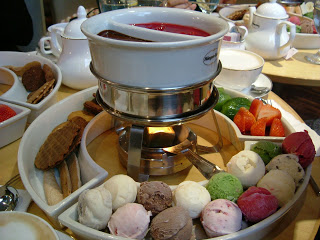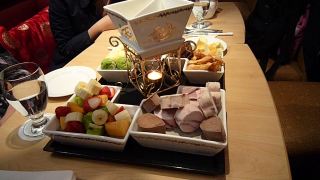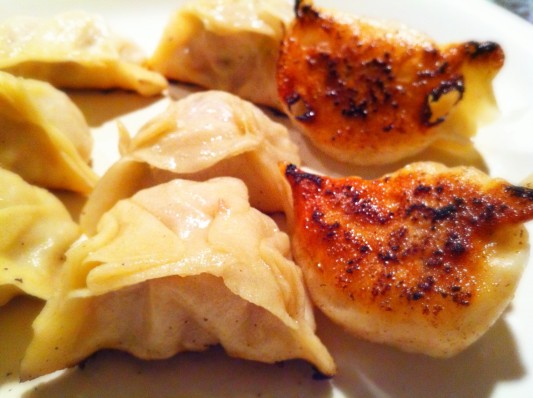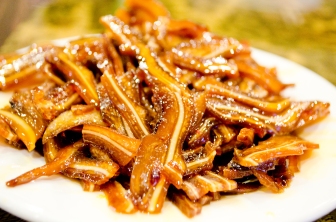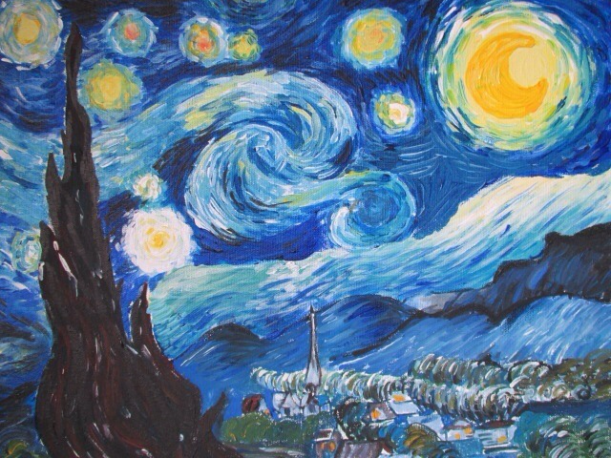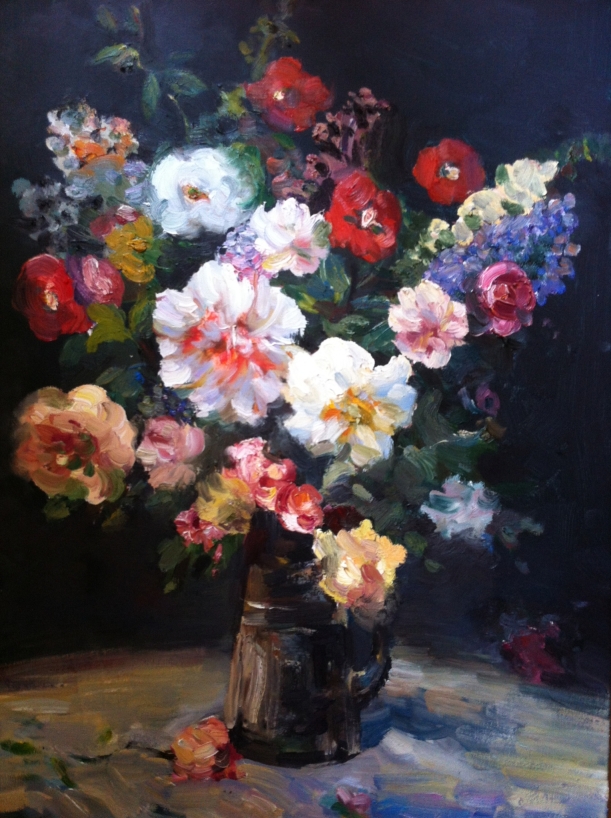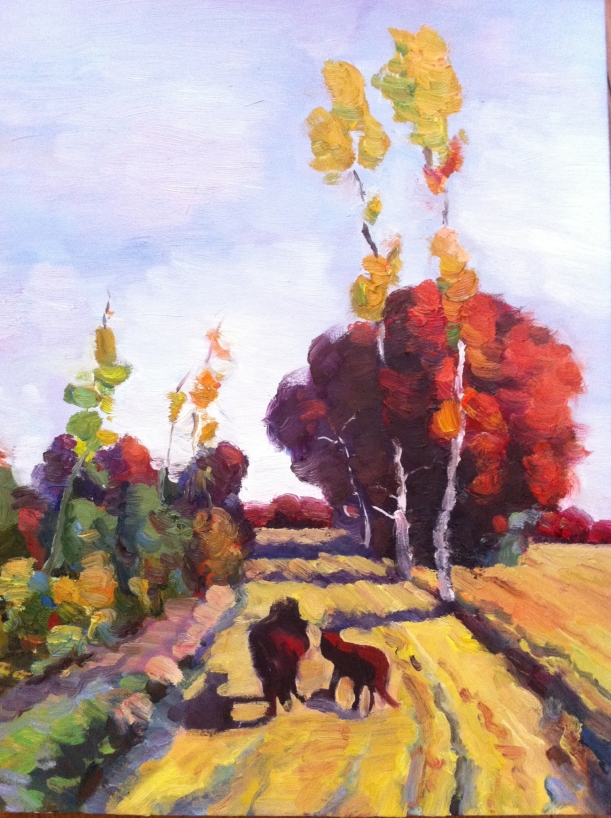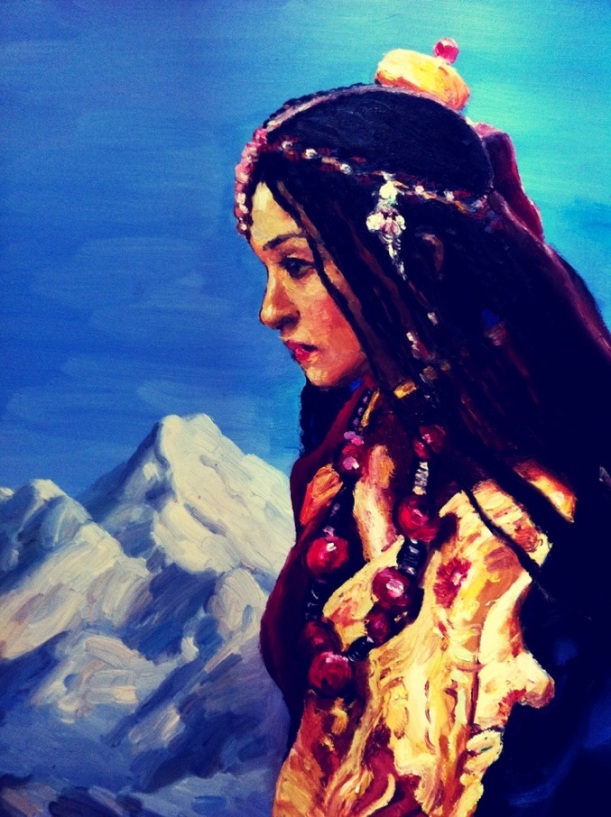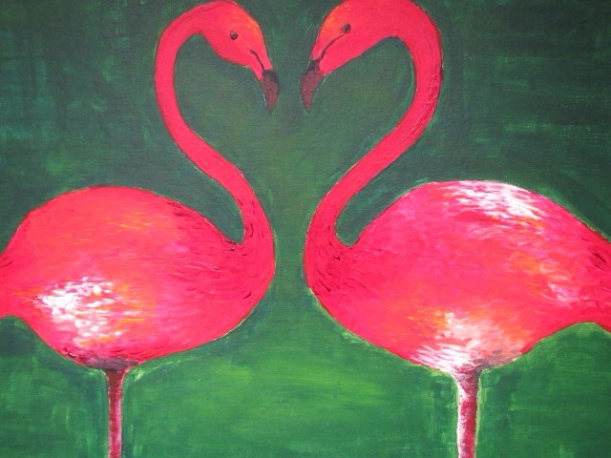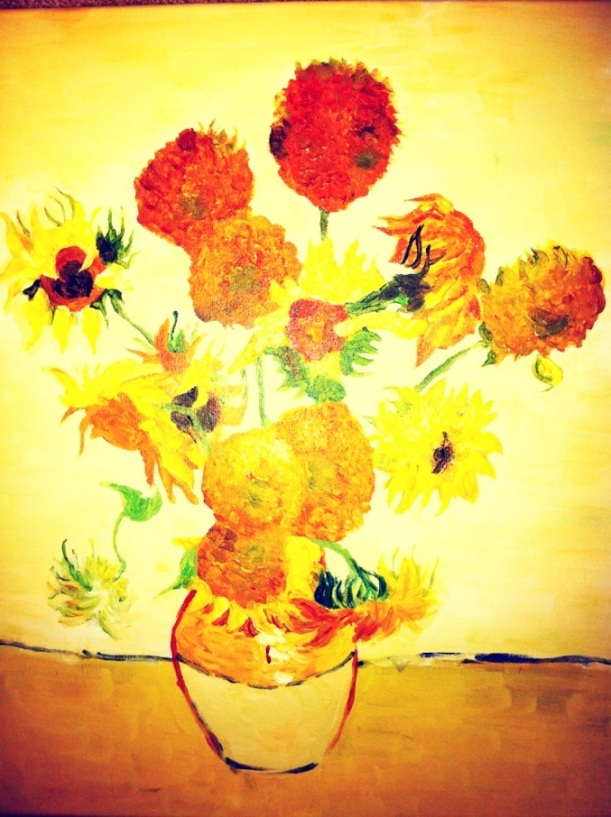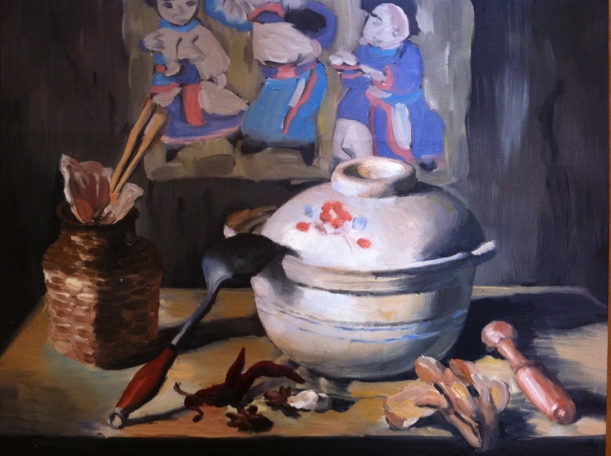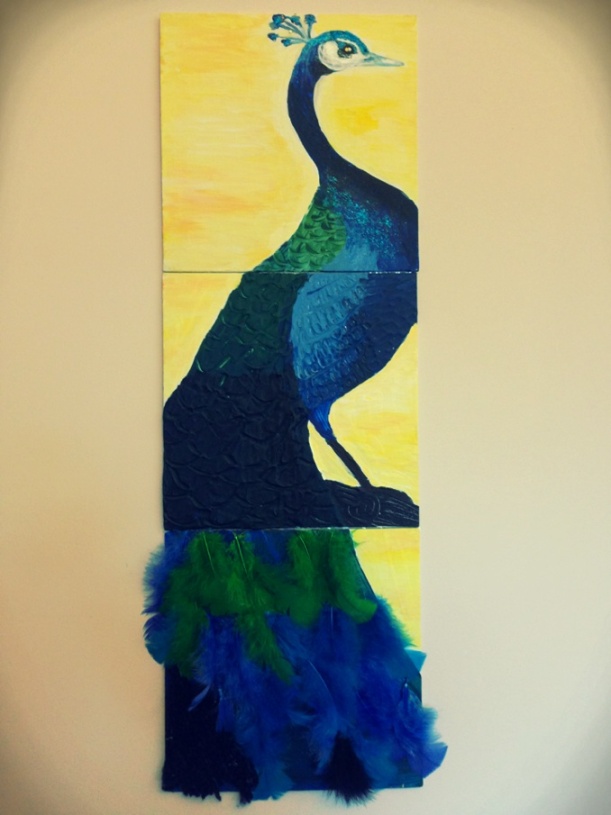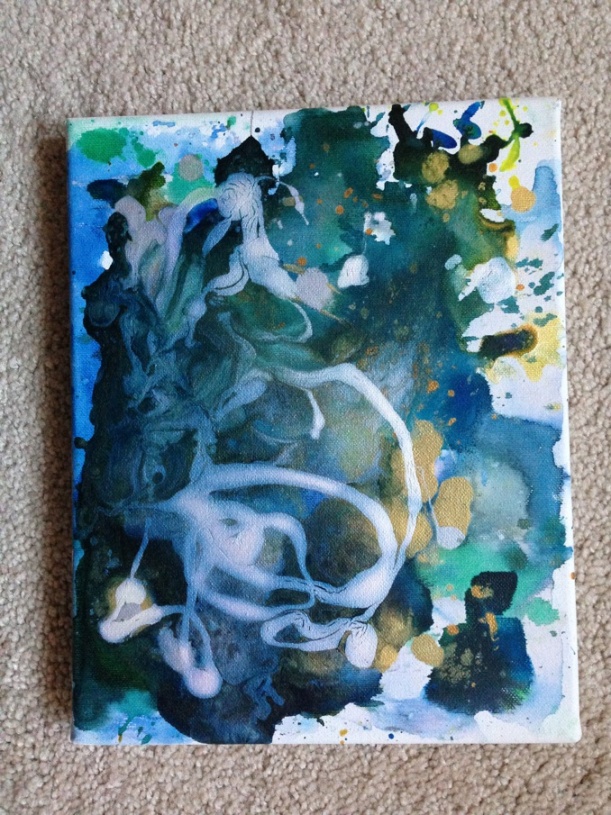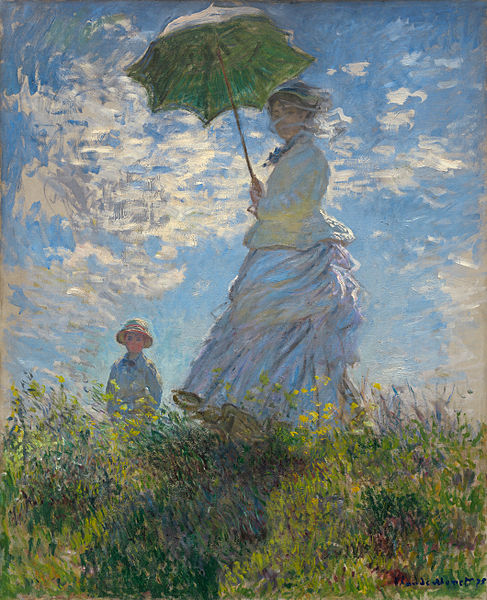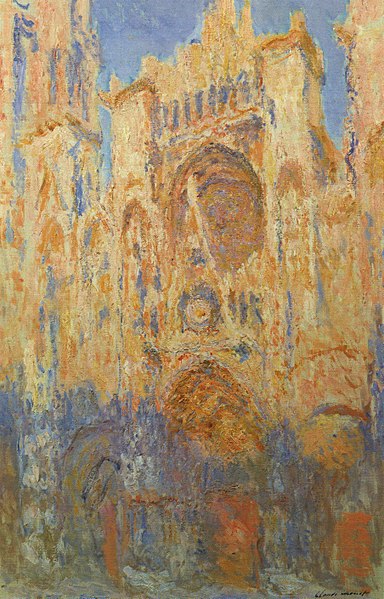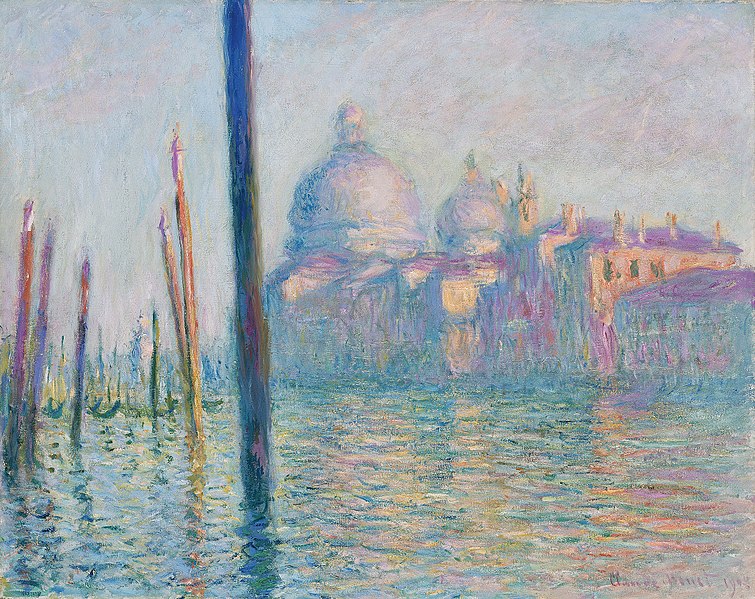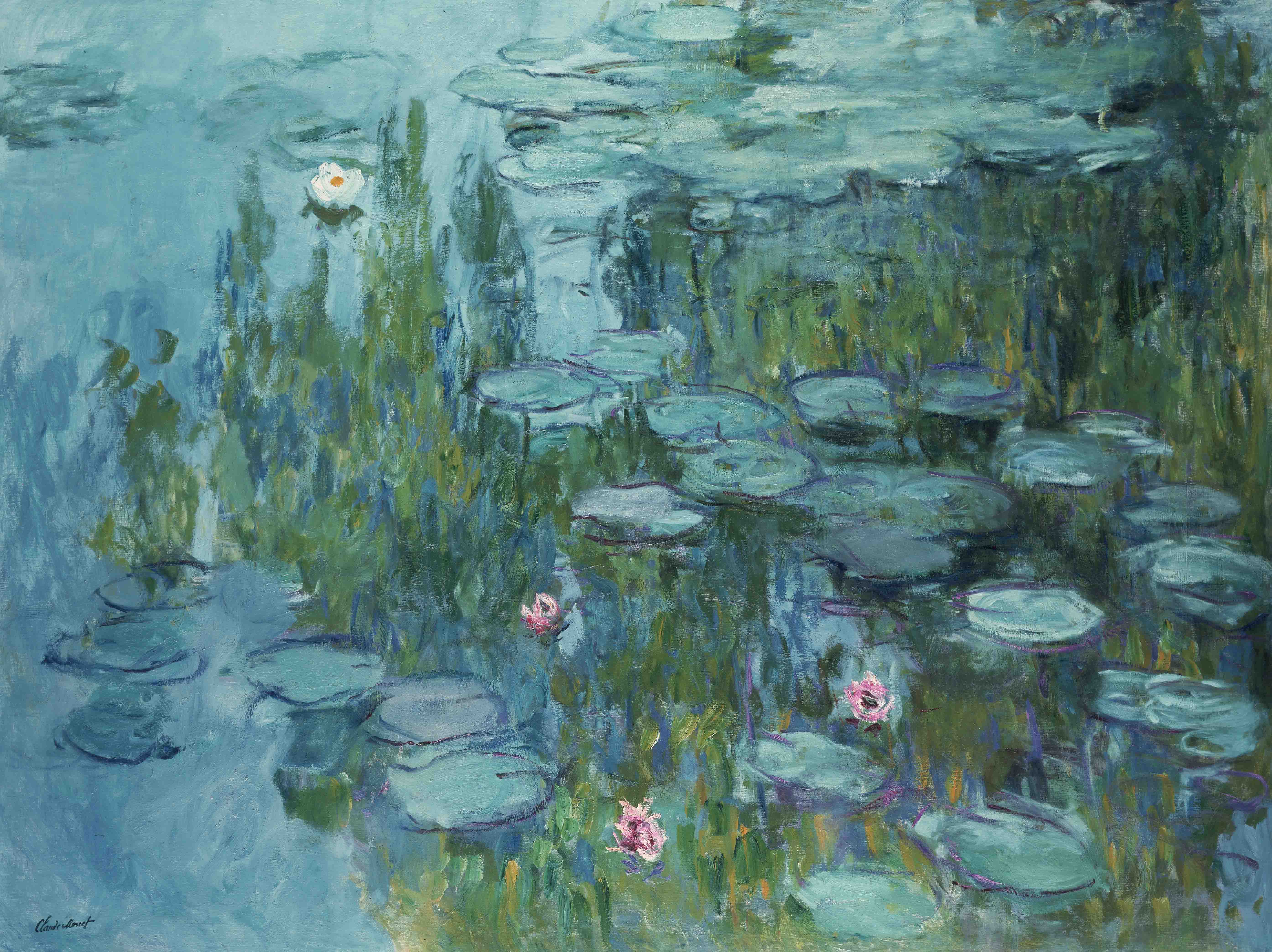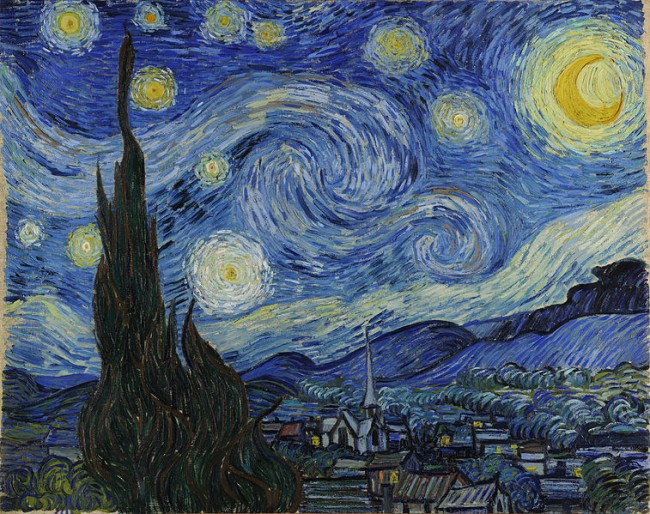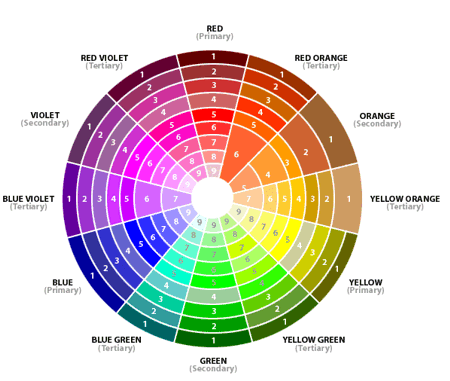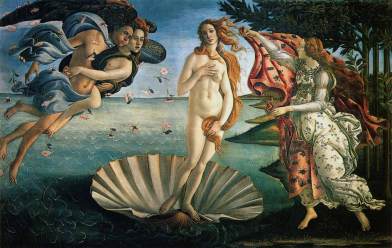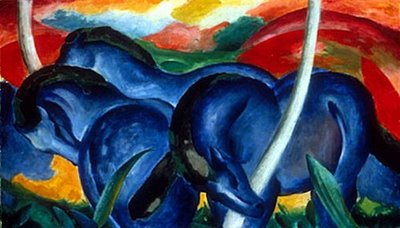Modern Atrs
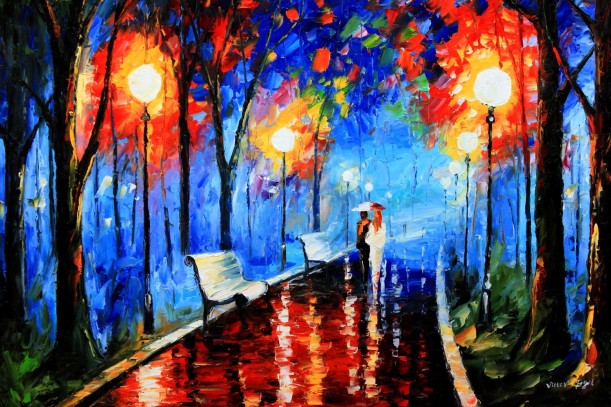




Different Types of HOT POT
Ice Cream HOT POT
Wow! I am starving!
3D Street Art
Those paintings are so amazing! I want to share with you guys.














Amazing! Drawing and coloring Cube 3D
Magic 3D Pen
My painting
Chinese Painting
Chinese Painting (Xuan paper paintings): refers to paintings painted on Xuan paper or silk by ink and colors. It is the main form of Chinese art. And Chinese paintings refer on ink, Xuan paper which mounted on scroll.
- Classification according to subject matter of Chinese painting:
- Chinese Landscape painting
- Chinese Bird & Flowers painting
- Chinese Figure painting
- Four treasures of calligraphy and painting:
- Brush is a traditional Chinese writing instrument, made of animal hair, etc.


2.Chinese ink, black pigment used for writing and painting, is made of materials including pine soot, lacquer, and herbal medicine, etc.
3.Xuan paper including unprocessed, processed, and half processed, suitable for conveying the artistic expression of both calligraphy and painting.
4. Ink stone is made of special and rare stone used for grinding ink.
Famous Chinese painting:






Chinese Food
“People regard food as their prime want, and food safety is a top priority.” The Chinese diet culture, extensive and profound, and with a long history behind it. It is also an important content in the intercultural communication. Therefore, in the intercultural translation, diet translation is an important part which has the intercultural quality and the historical significance of cultural diffusion. The Chinese hot pot has a history of more than 1,000 years. By the way, it is my favorite food. Chongqing Hot pot comes from my hometown, it is one of famous food in China. When summer comes, many people like to eat it. Also, eating hot pot is one of the reasons for a lot of visitors come to Chongqing.
Hot pot is the most famous and favorite dish in Chongqing. Chongqing local people consider the hot pot a local specialty. Hot pot – is the most famous and favorite dish in Chongqing. Chongqing local people consider the hot pot a local specialty, which is noted for its peppery and hot taste, scalding yet fresh and tender. People gather around a small pot boiled with charcoal, electric or gas filled with flavorful and nutritious soup base. You have a choice of spicy, pure and combo for the soup base. Thin sliced raw variety meat, fish, various bean curd products and all kinds of vegetables are boiled in the soup base. You then dip them in a little bowl of special sauce. Be careful since the spicy soup base is burning hot. People gather around a small pot boiled with charcoal, electric or gas filled with flavorful and nutritious soup base. You have a choice of spicy, pure and combo for the soup base. Thin sliced raw variety meat, fish, various bean curd products and all kinds of vegetables are boiled in the soup base. Then you can dip them in a little bowl of special sauce.



A Smart Elephant draws a painting
Paste a Video URL
Watch this elephant paint a beautiful image of an elephant holding a flower. You’ll be amazed at how her talent unfolds as she carefully completes each stroke.
How many faces can you find? How many faces can you find?
Faces Puzzle
How many faces can you find? How many faces can you find?
If you can find 0 – 5 faces – Lazy
If you can find 6 – 7 faces – Normal
If you can find 8 – 9 faces – Very Normal
If you can find 10 – 11 faces – Smart
If you can find 12 – 13 faces – Genius
The secret of success is to relax your eyes, cultivate that far-away look.
Funny Paintings : )
Hope you guys can enjoy them : )
Mona Lisa, c. 1503-1519 By: Leonardo da Vinci
|
|

American Gothic, 1930 By: Grant Wood


Girl with a Pearl Earring, c. 1665 By: Johannes Vermeer



The Scream, 1893 By: Edvard Munch


Claude Monet
Claude Monet is one of my favorite painters.
Claude Monet: Claude Monet(1840-1926) was a French impressionist who lives in Paris, France. And his style of paintings is Impressionism.
His father wanted him to go into the family grocery business, but Monet wanted to become an artist and his mother was a singer. On 1 April 1851, Monet entered Le Havre Secondary School Of The Arts. One day, he met Eugene Boudin(one of the first French landscape painters to paint outdoors), then he taught Monet “en plein air” (outdoor) techniques for painting. In college, he met Pierre-Auguste Renoir,Frédéric Bazille and Alfred Sisley. Together they shared new approaches to art, it became to be known as Impressionism.
Impressionism is a style or movement in paintings. It doesn’t emphasize what the object looks like, it emphasizes the object makes impression on you, especially in terms of the shifting effect of light and color. Their pictures are very bright and vibrant.
Woman with a Parasol: His wife–Camille and Jean Monet(her son),1875
Famous Paintings in the World
1. Mona Lisa
The Mona Lisa is a half-length portrait of a woman which is designed by the Italian artist Leonardo da Vinci(1452-1519). It is “the best known, the most visited, the most written about, the most sung about, and the most parodied work of art in the world”. Nowadays, this painting is located in Musée du Louvre, Paris.
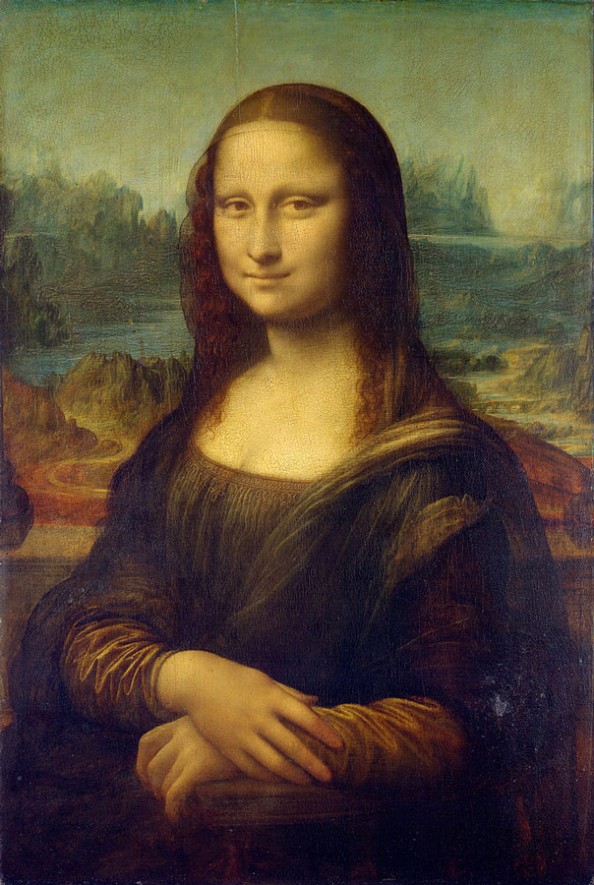 .
.
2. The Starry Night
The Starry Night is a painting by the Dutch post-impressionist artist Vincent Van Gogh(1853-1890) and it is created from memory and portrays the sight outside the window of his sanitarium room at night. Moreover, it is the most famous painting of Vincent Van Gogh. It makes people repress and it uses abstract to create the sky.
3. The Last Supper
The Last Supper is created by Leonardo da Vinci(1452-1519) and it describes the final feast Jesus had with his Twelve Apostles during which he announces one of them would betray him.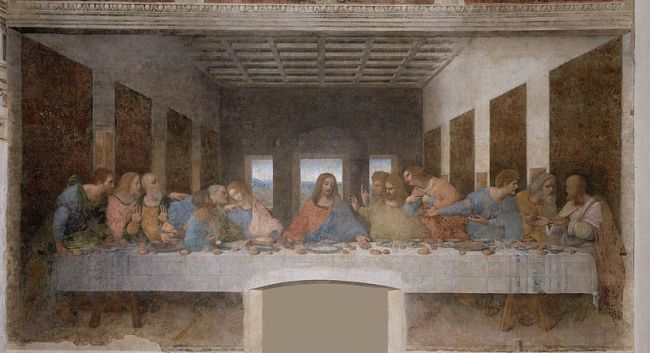
4.The Scream
The Scream is created by Edvard Munch(1863-1944) and he expresses an extremely anxious and trembling person who standing at the fenced edge of a road. Also this paintings can make people scared, distorted, and depressive.

5. A Sunday Afternoon on the Island of La Grande Jatte
A Sunday Afternoon on the Island of La Grande Jatte is design by Georges Seurat(1859-1891) and it is one of Seurat’s most famous works and is an example of pointillism. A Sunday Afternoon on the Island of La Grande Jatte features extensive use of a technique known as pointillism which consists of contrasted color dots that form a single hue through viewers’ eyes.

Color Wheel
The primary colors are RED, YELLOW, and BLUE.

Primary Colors: Red, yellow and blue In traditional color theory, primary colors are the 3 pigment colors that can not be mixed or formed by any combination of other colors. All other colors are derived from these 3 hues.
Secondary Colors: Green, orange and purple These are the colors formed by mixing the primary colors.
Tertiary Colors: Yellow-orange, red-orange, red-purple, blue-purple, blue-green & yellow-green These are the colors formed by mixing a primary and a secondary color. That’s why the hue is a two word name, such as blue-green, red-violet, and yellow-orange.
Art History Timeline
ART has not always been what we think it is today. An object regarded as Art today may not have been perceived as such when it was first made, nor was the person who made it necessarily regarded as an artist. Both the notion of “art” and the idea of the “artist” are relatively modern terms. Many of the objects we identify as art today — Greek painted pottery, medieval manuscript illuminations, and so on — were made in times and places when people had no concept of “art” as we understand the term. These objects may have been appreciated in various ways and often admired, but not as “art” in the current sense.
Art lacks a satisfactory definition. It is easier to describe it as the way something is done — “the use of skill and imagination in the creation of aesthetic objects, environments, or experiences that can be shared with others” — rather than what it is.
Art is a testament of the moment and of the society in which the artist lives. It can be the positive or negative, but meaning is always present.——Juan Genoves
Art is a uniquely human activity that grows out of our inborn impulse to create. We create things that we have no utilitarian purpose.
“There are two kinds of art… art that is intrinsically artistic and timeless, and art that is meant to part a fool and his money. Sometimes we need a common cleaning lady to remind us of the difference.”
Art is a crystal of human civilization, it is also part of our life, without art our life will be so dull.
- Line, shape, form, value, color, space, texture, balance, unity, contrast, emphasis, pattern, movement and rhythm create art.
- Art includes the “major” arts of paintings, sculpture, and architecture……
Art history spans the entire history of humankind. Art is one of the parts in our lives, you can see it everywhere. During the Romantic period, art came to be seen as “a special faculty of the human mind to be classified with religion and science”. The history of art is the history in a visual form for aesthetical or communicative purposes, expressing ideas, emotions or. In general it is a worldview. You can express your emotion in paintings. Over time visual art has been classified in diverse ways, from the medieval distinction between liberal arts and mechanical arts, to the modern distinction between fine arts and applied arts. Expansion of the list of principal arts in the 20th century reached to nine: architecture, dance, sculpture, music, painting, poetry (described broadly as a form of literature with aesthetic purpose or function, which also includes the distinct genres of theatre and narrative), film, photography and comics……
| Time | Characteristics | Chief Artists and Major Works | |||||
|---|---|---|---|---|---|---|---|
|
Stone Age (30,000 b.c.–2500 b.c.) |
Cave paintings in the walls, fertility goddesses |
Lascaux Cave Painting, Woman of Willendorf, Stonehenge
|
|||||
|
Mesopotamian (3500 b.c.–539 b.c.)
|
Describe the events of wars which draw in stone | Standard of Ur, Gate of Ishtar, Stele of Hammurabi’s Code | |||||
|
Egyptian (3100 b.c.–30 b.c.) |
Pyramids and tomb painting | Imhotep, Step Pyramid, Great Pyramids, Bust of Nefertiti | |||||
|
Greek and Hellenistic (850 b.c.–31 b.c.) |
Statue, Greek idealism: balance, perfect proportions | Parthenon, Myron, Phidias, Polykleitos, Praxiteles | |||||
|
Roman (500 b.c.– a.d. 476) |
Roman realism | Augustus of Primaporta, Colosseum, Trajan’s Column, Pantheon | |||||
|
Indian, Chinese, and Japanese(653 b.c.–a.d. 1900) |
Colorful and traditional paintings | Gu Kaizhi, Li Cheng, Guo Xi, Hokusai, Hiroshige | |||||
|
Byzantine and Islamic (a.d. 476–a.d.1453) |
Paintings more about religions:Islamic architecture and amazing maze-like design Hagia Sophia, Andrei Rublev, Mosque of Córdoba, the Alhambra Justinian partly restores Western Roman Empire |
Hagia Sophia, Andrei Rublev, Mosque of Córdoba, the Alhambra | |||||
|
Middle Ages (500–1400) |
Celtic art, Carolingian Renaissance, Romanesque, Gothic | St. Sernin, Durham Cathedral, Notre Dame, Chartres, Cimabue, Duccio, Giotto | |||||
|
Early and High Renaissance (1400–1550) |
Rebirth of classical culture | Ghiberti’s Doors, Brunelleschi, Donatello, Botticelli, Leonardo, Michelangelo, Raphael | |||||
|
Venetian and Northern Renaissance (1430–1550) |
More focus on portrait | Bellini, Giorgione, Titian, Dürer, Bruegel, Bosch, Jan van Eyck, Rogier van der Weyden | |||||
|
Mannerism (1527–1580) |
Art that breaks the rules; More focus on naked | Tintoretto, El Greco, Pontormo, Bronzino, Cellini | |||||
|
Neoclassical (1750–1850) |
More on revolution | David, Ingres, Greuze, Canova | |||||
|
Romanticism (1780–1850)
|
About revolution | Caspar Friedrich, Gericault, Delacroix, Turner, Benjamin West | |||||
|
Realism (1848–1900) |
More real; en plein air rustic painting | Corot, Courbet, Daumier, Millet | |||||
|
Impressionism (1865–1885) |
Capturing fleeting effects of natural light | Monet, Manet, Renoir, Pissarro, Cassatt, Morisot, Degas | |||||
|
Post-Impressionism (1885–1910) |
Natural light | Van Gogh, Gauguin, Cézanne, Seurat | |||||
|
Fauvism and Expressionism (1900–1935) |
Harsh colors and flat surfaces | Matisse, Kirchner, Kandinsky, Marc | |||||
|
Cubism, Futurism, Supremativism, Constructivism, De Stijl (1905–1920)
|
Pre– and Post–World War 1 art experiments: new forms to express modern life | Picasso, Braque, Leger, Boccioni, Severini, Malevich | |||||
|
Dada and Surrealism (1917–1950) |
Ridiculous art; painting dreams and exploring the unconscious | Duchamp, Dalí, Ernst, Magritte, de Chirico, Kahlo | |||||
|
Abstract Expressionism (1940s–1950s) and Pop Art (1960s)
|
Post–World War II: pure abstraction and expression without form; popular art absorbs consumerism | Gorky, Pollock, de Kooning, Rothko, Warhol, Lichtenstein | |||||
To me art is anything that stimulates my audio and visual senses. It doesn’t matter whether it is a natural landscape, or a human creation. I enjoyed all forms of art. Reading a good book, watching a great film or TV program, an afternoon tour of the museum exhibits or camping in the wilderness are all considered nice treats for me. Art, in a broad sense, keeps me motivated to go on my otherwise boring daily routines. It is not just important to my life, it is an indispensable part of my life.
|
|
|
Tongue Twister Fun
-
Mr. See owned a saw.
And Mr. Soar owned a seesaw.
Now, See’s saw sawed Soar’s seesaw
Before Soar saw See,
Which made Soar sore.
Had Soar seen See’s saw
Before See sawed Soar’s seesaw,
See’s saw would not have sawed
Soar’s seesaw.
So See’s saw sawed Soar’s seesaw.
But it was sad to see Soar so sore
just because See’s saw sawed
Soar’s seesaw. - Peter Piper picked a peck of pickled peppers.
Did Peter Piper pick a peck of pickled peppers?
If Peter Piper Picked a peck of pickled peppers,
Where’s the peck of pickled peppers Peter Piper picked? - She sells seashells by the seashore. The shells she sells are surely seashells. So if she sells shells on the seashore, I’m sure she sells seashore shells.
- Which wristwatches are Swiss wristwatches?How much wood would a woodchuck chuck If a woodchuck could chuck wood? He would chuck, he would, as much as he could, And chuck as much as a woodchuck would If a woodchuck could chuck wood.
留下评论 >
Hi, everyone! My name is Joyce and I am a High School student from Newman, Boston.





